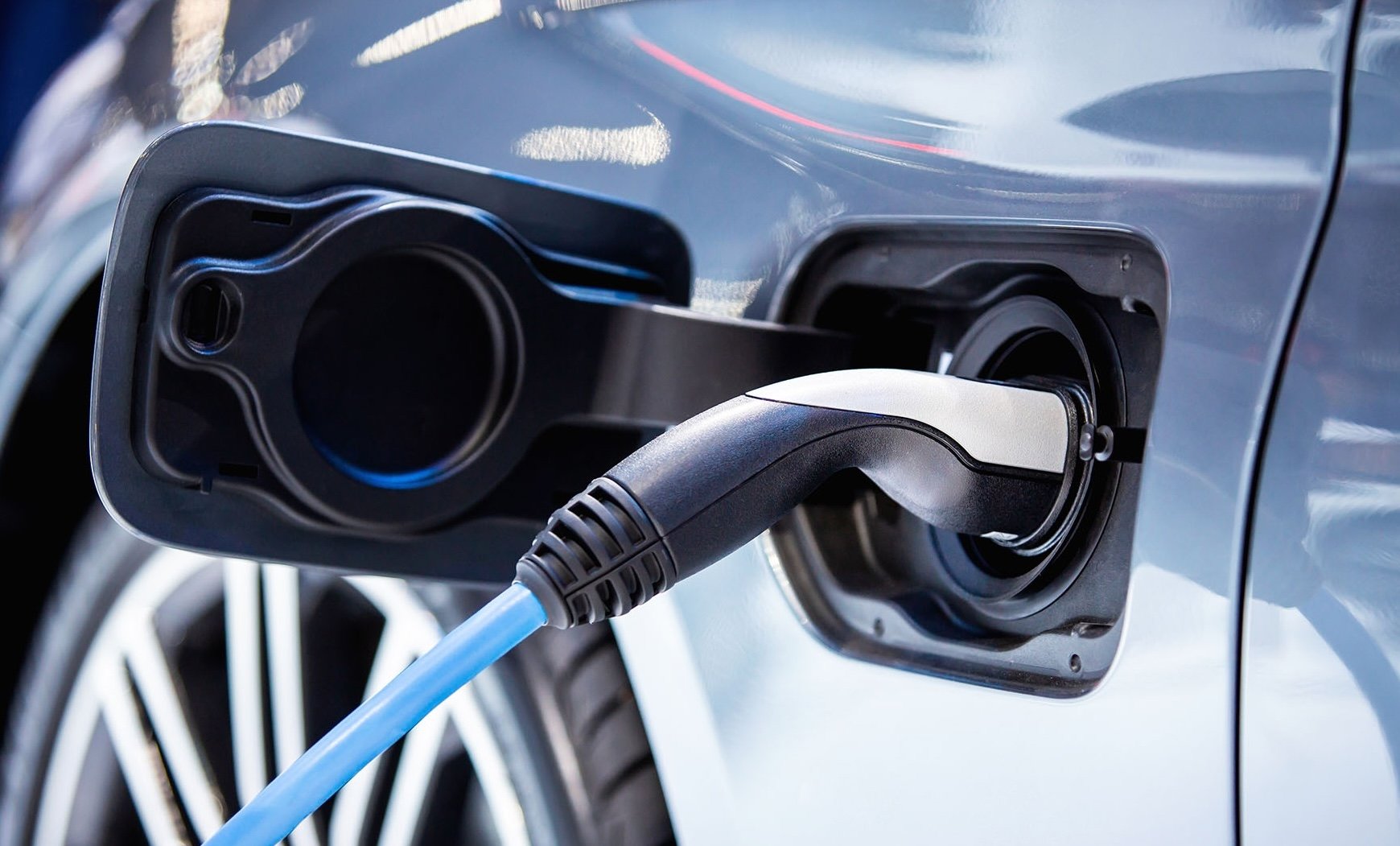World EV Day 2025: 5 Battery Breakthroughs That Will Define the Next Decade of Electric Vehicles
World EV Day celebrates the rapid progress of electric vehicles and the batteries that power them. In just a couple of decades, we’ve gone from early EVs powered by modified laptop batteries to batteries powerful enough to electrify trucks, planes, trains and more. While the journey has included bumps and growing pains, the road ahead is even more exciting. Looking forward, five key battery breakthroughs will define the next decade of EV innovation:
1. Proactive Battery Safety Technologies
Battery safety has taken center stage this year — not only in EVs, but also in consumer electronics, energy storage and e-bikes. The reality is that performance improvements often outpace safety, with higher energy density and faster charging introducing risks of instability and fire. For EV adoption to accelerate, safety must be non-negotiable.
The future lies in safety designed from the inside out. Instead of relying on protective systems to manage failures, technologies that can prevent internal shorts before they happen are essential. Embedding these solutions directly into cell design — rather than relying on incremental fixes that follow behind other innovations — will enable safer, more reliable batteries that consumers can trust.
2. Better Cold Weather Performance
Cold weather remains one of the toughest challenges for EVs. Lower temperatures reduce range, slow charging and limit overall performance. Ironically, drivers often want to charge faster in the cold to offset lost range — yet fast charging in low temperatures increases the risk of dendrite growth, leading to battery damage and, eventually, fires.
Advances such as electrolytes with higher ionic conductivity can improve cold-weather resilience, while proactive safety solutions could prevent short-circuit risks. For the adoption of electric vehicles to truly replace internal combustion, EVs must be able to perform reliably in all the different climate conditions across the globe.
3. High Energy Density Without Tradeoffs
In the pursuit of high energy density batteries, which can store more energy in a smaller, lighter package, innovators have often faced tradeoffs. For example, packing more energy into one space increases the risk of thermal runaway if the battery is damaged, cells optimized for maximum capacity can degrade faster, reducing cycle life and the materials required for these systems can be costly and harder to manufacture at scale
The next decade of innovation will focus on delivering high energy density without these compromises. Built-in safety technologies can prevent failures before they occur, while out-of-the-box approaches to design and materials will create safer, more affordable and longer-lasting batteries.
4. Real Design Flexibility
The first Tesla famously packed over 6,000 laptop-style cells into its battery pack. While battery technology has since evolved — becoming more powerful, sustainable and adaptable — design thinking has often been limited by what is already available. The question has too often been: What battery can we fit?
The next leap forward will come when we ask: What battery can we build? Tailored, application-specific designs will unlock new possibilities — not only for cars, but also for aviation, heavy transport and other advanced platforms. True design flexibility will open the door for new design capabilities, freedom of form and enhanced efficiency, safety and performance.
5. Efficient Closed-Loop Recycling
The demand for critical materials is growing, and so are concerns about cost volatility, environmental impact and waste. A closed-loop recycling system — where nearly all active materials are recovered and reused — offers a powerful solution. By transforming end-of-life batteries into resources for new ones, we can build a self-sustaining supply chain and insulate EV makers from more volatile markets. This approach ensures EV growth remains sustainable for generations to come.
The Next Era of EVs
EVs have already reshaped transportation, but the biggest breakthroughs are still ahead. By solving long-standing challenges in safety, performance, chemistry, design and sustainability, we can accelerate the transition to a better energy future.

